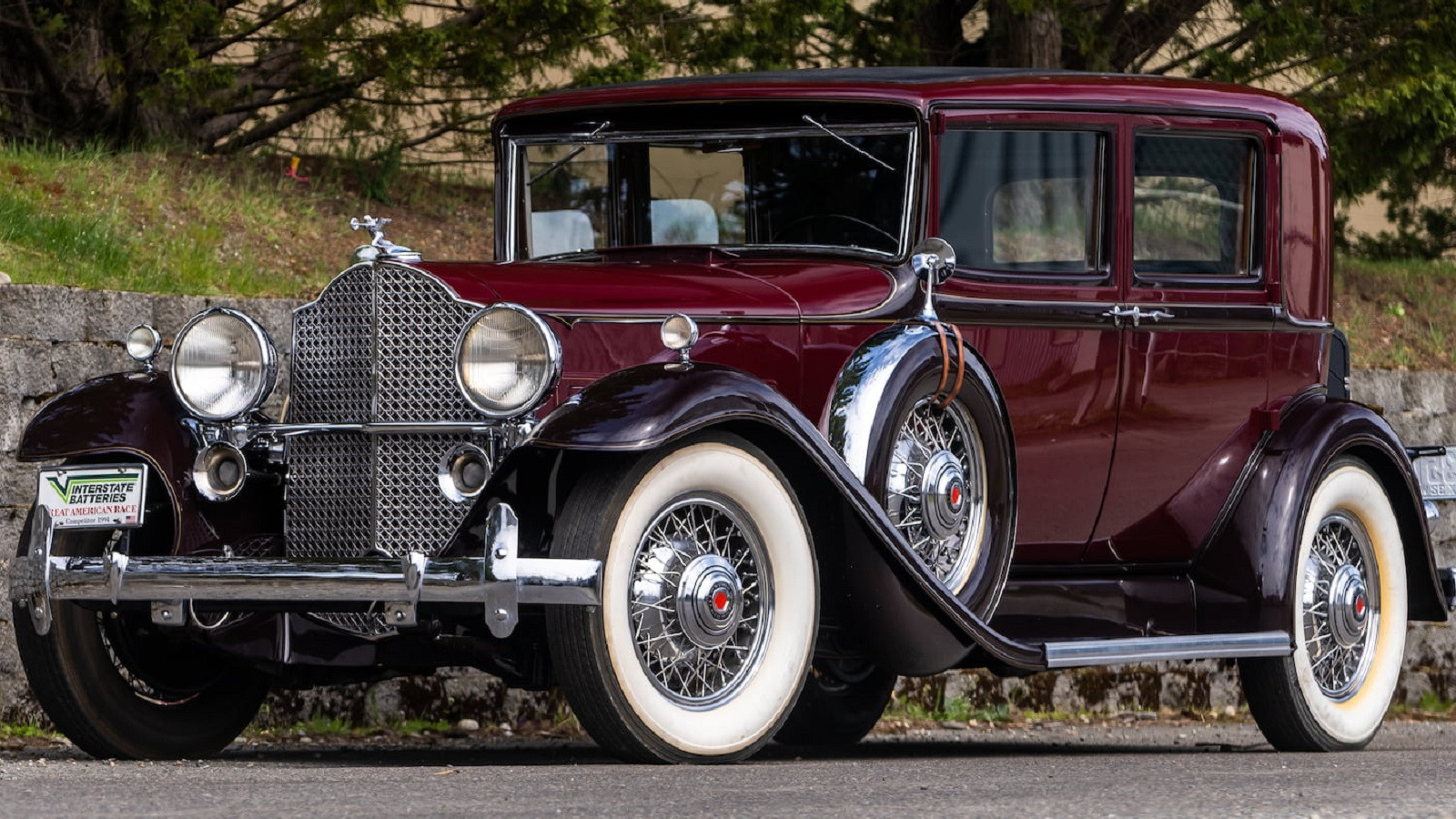
Classic Cars with Unique Styling Cues: A Journey Through Automotive Artistry
Classic cars possess an undeniable allure, evoking nostalgia, admiration, and a deep appreciation for automotive history. Beyond their mechanical prowess and performance, these vehicles stand out for their distinctive styling cues – the design elements that set them apart from the mundane and transform them into rolling works of art. These unique features reflect the design philosophies, cultural influences, and technological advancements of their respective eras. Let’s embark on a journey through some classic cars that exemplify exceptional and unforgettable styling.
1. The Art Deco Elegance of the 1930s:
The 1930s were a golden age for automotive design, heavily influenced by the Art Deco movement. Characterized by sleek lines, streamlined shapes, and luxurious details, these cars exuded sophistication and elegance.
-
Cord 810/812 (1936-1937): The Cord 810/812 is renowned for its "coffin nose" design, featuring a louvered grille that wraps around the front of the car. Its hidden headlamps, pontoon fenders, and lack of running boards further contribute to its streamlined and futuristic appearance. The car’s overall design was so groundbreaking that it influenced automotive styling for decades to come.
-
Duesenberg Model J (1928-1937): The Duesenberg Model J epitomized luxury and exclusivity. Its long hood, imposing grille, and gracefully flowing fenders conveyed power and prestige. The car’s custom-built bodies, often adorned with elaborate trim and opulent interiors, made each Model J a unique statement of its owner’s wealth and taste.
2. Fins, Chrome, and the Jet Age of the 1950s:
The 1950s were a time of optimism, technological innovation, and a fascination with the jet age. Automotive styling reflected these trends with大胆なデザイン, excessive chrome, and flamboyant tailfins.
-
Cadillac Eldorado (1953-1960): The Cadillac Eldorado became synonymous with American automotive extravagance. Its exaggerated tailfins, inspired by aircraft design, grew larger and more elaborate throughout the decade, reaching their peak in 1959. The Eldorado’s lavish use of chrome, sweeping body lines, and luxurious interiors made it a symbol of status and success.
-
Chevrolet Bel Air (1955-1957): The Chevrolet Bel Air, particularly the "Tri-Five" models (1955-1957), is an icon of American car culture. Its two-tone paint schemes, chrome trim, and distinctive tailfins captured the spirit of the era. The Bel Air’s affordability and stylish design made it a popular choice for families and enthusiasts alike.
3. European Flair and Innovation:
While American automakers embraced excess, European manufacturers focused on elegance, innovation, and performance. Their designs often incorporated advanced engineering and aerodynamic principles.
-
Citroën DS (1955-1975): The Citroën DS, also known as "The Goddess," was a revolutionary car that combined futuristic styling with advanced technology. Its aerodynamic body, hydropneumatic suspension, and swiveling headlights set it apart from its contemporaries. The DS’s sleek lines, absence of a traditional grille, and unconventional design made it an instant classic.
-
Jaguar E-Type (1961-1975): The Jaguar E-Type is widely regarded as one of the most beautiful cars ever made. Its long hood, curvaceous body, and seductive lines exuded grace and power. The E-Type’s design was not only aesthetically pleasing but also aerodynamically efficient, contributing to its exceptional performance.
4. The Muscle Car Era: Power and Aggression:
The 1960s and early 1970s saw the rise of the muscle car, a uniquely American phenomenon that combined powerful engines with aggressive styling. These cars were designed to make a statement and deliver exhilarating performance.
-
Ford Mustang (1964-1973): The Ford Mustang revolutionized the automotive industry with its sporty design and affordable price. Its long hood, short deck, and distinctive galloping horse emblem captured the spirit of youth and freedom. The Mustang’s success spawned a wave of imitators, but none could match its iconic status.
-
Dodge Charger (1968-1970): The Dodge Charger is a quintessential muscle car with its bold lines, hidden headlights, and Coke-bottle styling. Its aggressive stance and powerful engine made it a formidable competitor on the street and the racetrack. The Charger’s popularity endures to this day, thanks to its starring roles in numerous films and television shows.
5. The Wedge-Shaped Wonders of the 1970s and 1980s:
The 1970s and 1980s saw the emergence of wedge-shaped designs, characterized by sharp angles, flat surfaces, and a low-slung profile. These cars often featured advanced aerodynamics and futuristic styling.
-
Lamborghini Countach (1974-1990): The Lamborghini Countach was a radical departure from traditional automotive design. Its sharp angles, scissor doors, and aggressive styling made it an instant icon. The Countach’s futuristic appearance and incredible performance captivated the world and cemented Lamborghini’s reputation for innovation.
-
DeLorean DMC-12 (1981-1983): The DeLorean DMC-12 is best known for its stainless steel body, gullwing doors, and starring role in the "Back to the Future" film franchise. Its unique design and futuristic appeal made it a cult classic, despite its limited production run.
The Enduring Appeal of Unique Styling:
The classic cars highlighted above represent a small fraction of the many vehicles that have captivated enthusiasts with their unique styling cues. These cars remind us that automotive design is not merely about functionality; it is also about art, expression, and the pursuit of beauty. Their distinctive features reflect the cultural, technological, and artistic influences of their time, making them valuable artifacts of automotive history.
As we look to the future of automotive design, it is important to remember the lessons of the past. By embracing innovation, creativity, and a deep understanding of aesthetics, designers can create cars that are not only functional and efficient but also beautiful and inspiring. The classic cars with unique styling cues serve as a reminder that the best automotive designs are those that capture the imagination and leave a lasting impression.
